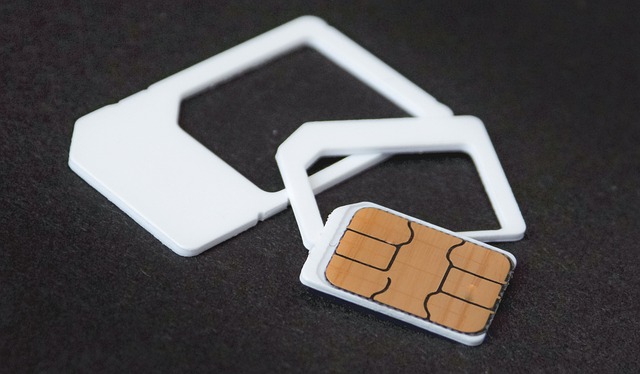A Deep Dive into Botox: From Medical Use to Cosmetic Revolution
With the rise of non-surgical cosmetic treatments, one name stands out with almost universal recognition: Botox. Originally developed for medical purposes, Botox has since revolutionized the beauty industry as a potent wrinkle-reducing treatment. However, its journey from a simple toxin to a sought-after beauty product is both fascinating and filled with controversy.

Botox: From Toxin to Treatment
Botox, a brand name for Botulinum Toxin A, is derived from the bacterium Clostridium botulinum. With the power to cause a severe form of food poisoning known as botulism, this toxin was considered lethal until scientists discovered its potential therapeutic benefits in the 1950s.
In the 1980s, Botox was first approved by the US Food and Drug Administration (FDA) for the treatment of strabismus (crossed eyes) and blepharospasm (uncontrolled blinking). However, it wasn’t until the 2000s when the FDA officially approved Botox for cosmetic use, marking the start of a new era in aesthetic medicine.
The Cosmetic Revolution: Botox for Wrinkles
The beauty industry quickly recognized the potential of Botox to transform the landscape of non-invasive anti-aging treatments. Botox works by blocking nerve signals in the muscles where it is injected, leading to a temporary paralysis of the muscle. When injected into facial muscles, this paralysis reduces the appearance of lines and wrinkles, providing a smoother, more youthful appearance.
Botox’s popularity as an anti-aging treatment skyrocketed, thanks to its fast-acting nature and minimal downtime. It also appealed to individuals seeking a less invasive alternative to surgical procedures such as facelifts. The rise of “lunchtime procedures”—quick treatments that could be done over a lunch break—were further fueled by Botox’s ease and speed of administration.
Controversies and Concerns: The Dark Side of Botox
Despite its popularity, Botox is not without controversy. Concerns about its long-term effects, potential for overuse, and societal pressure to maintain a youthful appearance have sparked debates among professionals and consumers alike.
There are also concerns about Botox addiction, as the effects of the treatment are temporary and require regular top-ups for maintenance. This has led to a rise in cases of ‘Botox abuse’, where individuals overuse the treatment, leading to a frozen or expressionless facial appearance.
Moreover, the pressure to look young, often driven by societal standards and media representations, has led to an increase in Botox use among younger populations. Critics argue that this could potentially harm their psychological wellbeing and self-esteem.
Botox Today: Trends and Innovation
Despite these controversies, the usage of Botox continues to grow. Technological advances have led to the development of newer formulations and delivery methods, making the treatment more customizable and versatile.
Today, Botox is used not only for wrinkle reduction but also for a variety of other treatments, such as excessive sweating (hyperhidrosis), migraines, and even depression. This expansion into therapeutic applications has helped to diversify the appeal of Botox and cement its place in both the medical and beauty industries.
The Future of Botox: A Balancing Act
The future of Botox lies in finding a balance between the demand for non-surgical cosmetic treatments, the potential health and psychological impacts, and the ethical considerations surrounding its use.
As the conversation around aging and beauty evolves, there is a growing emphasis on promoting a more holistic, balanced approach to beauty treatments. The use of Botox is likely to continue, but with a greater focus on natural results, responsible use, and an open dialogue about the pressures to maintain a youthful appearance.
In conclusion, Botox’s journey from a potent toxin to a revolutionary beauty treatment is a testament to the power of scientific innovation, the evolving nature of beauty standards, and our complex relationship with aging. As we navigate the future of beauty, Botox serves as a reminder of the importance of balance, conversation, and careful consideration in the pursuit of aesthetic perfection.




